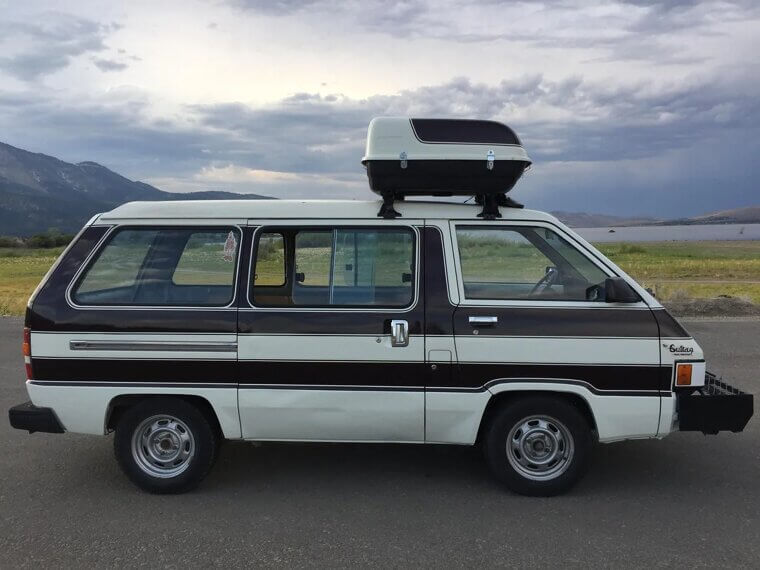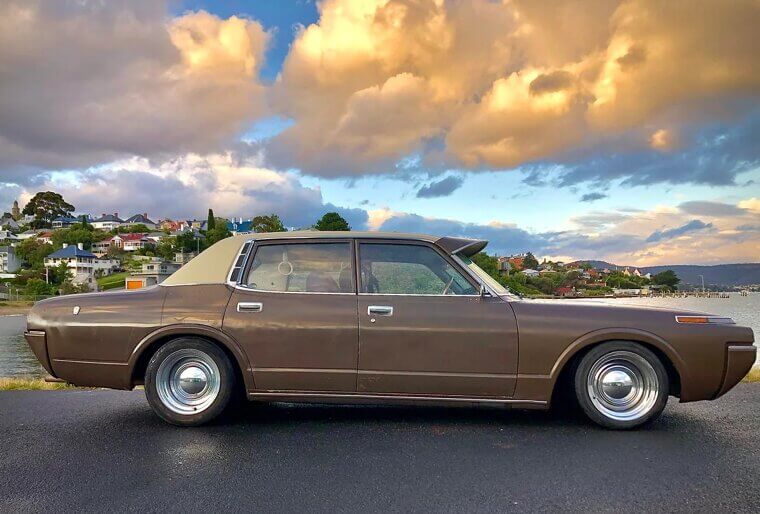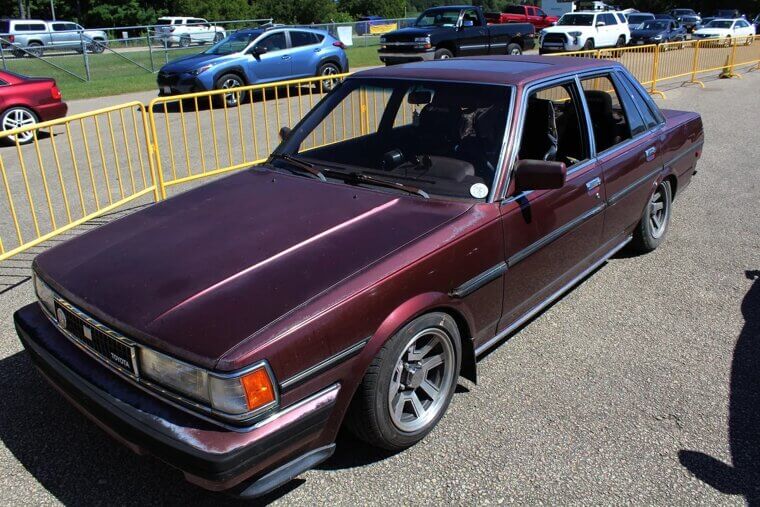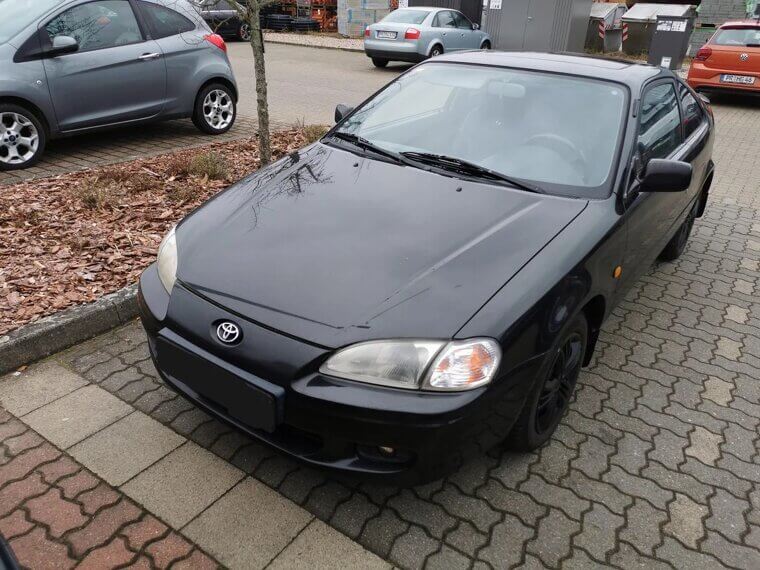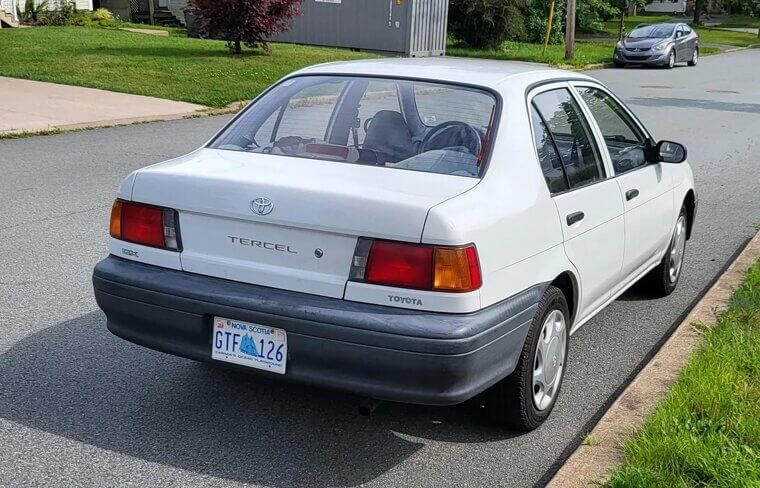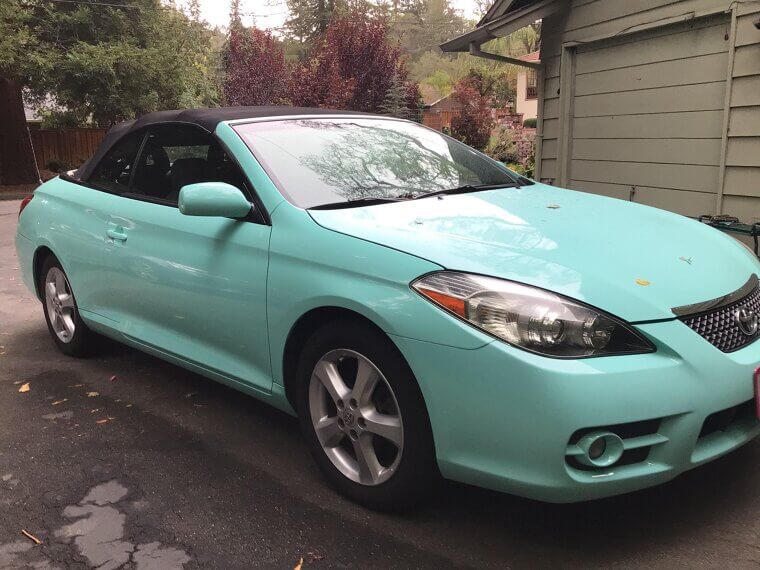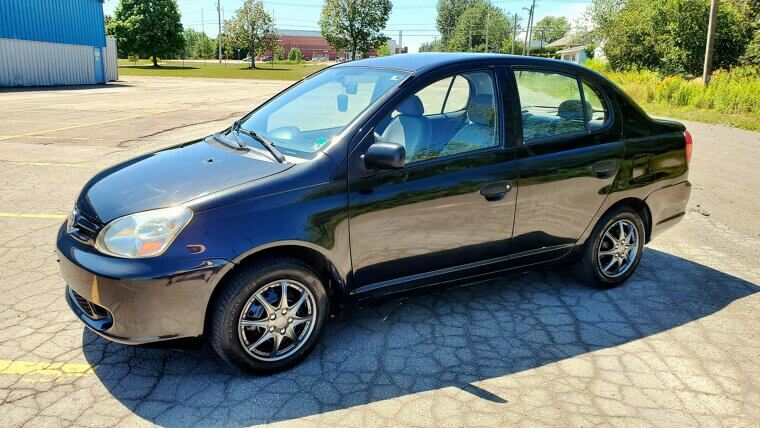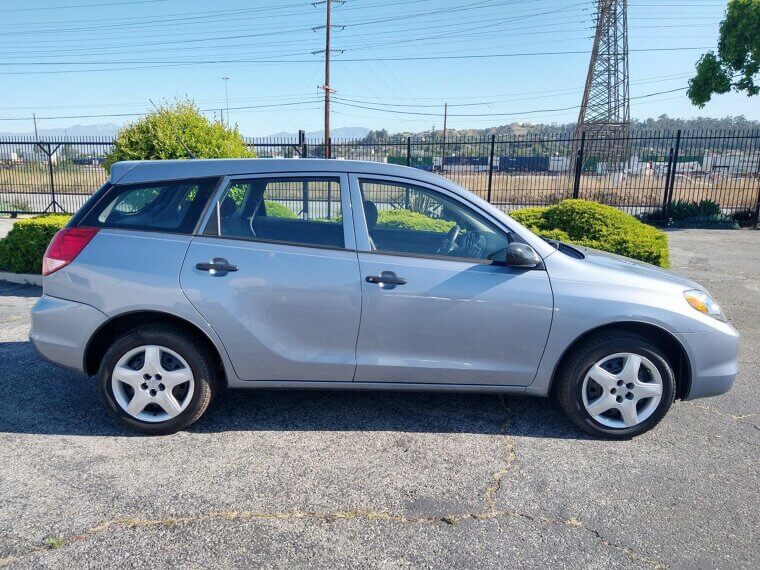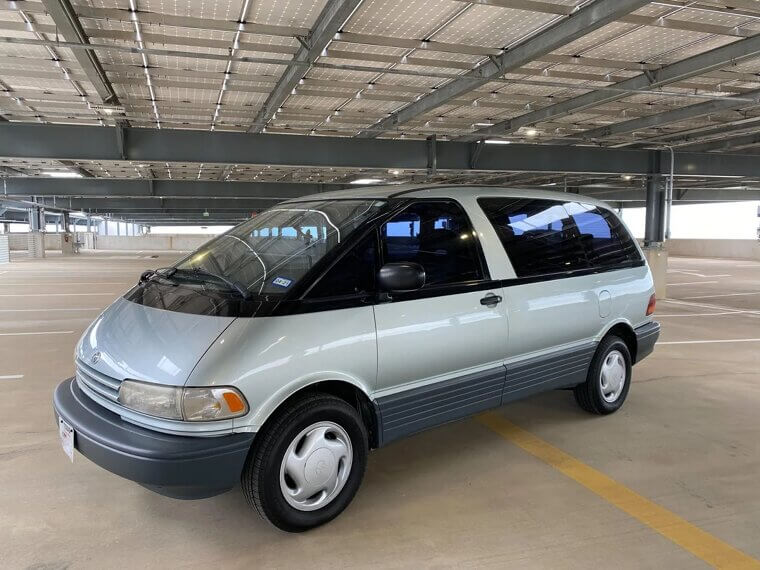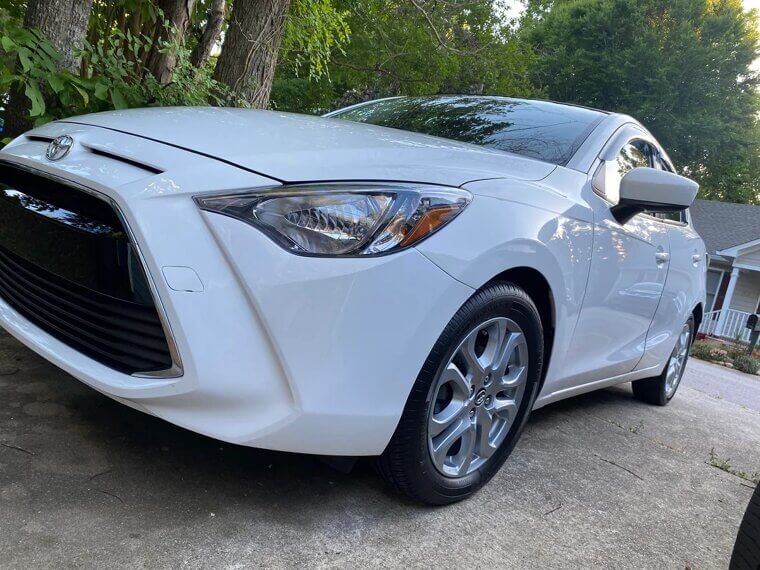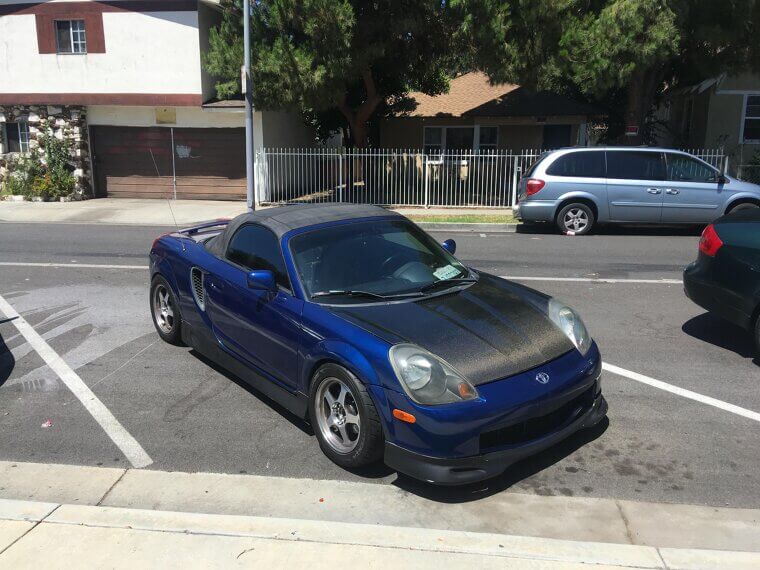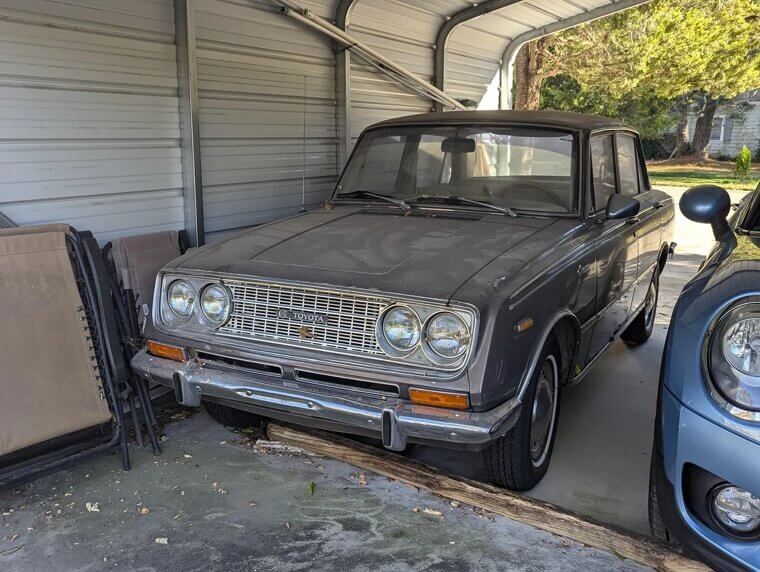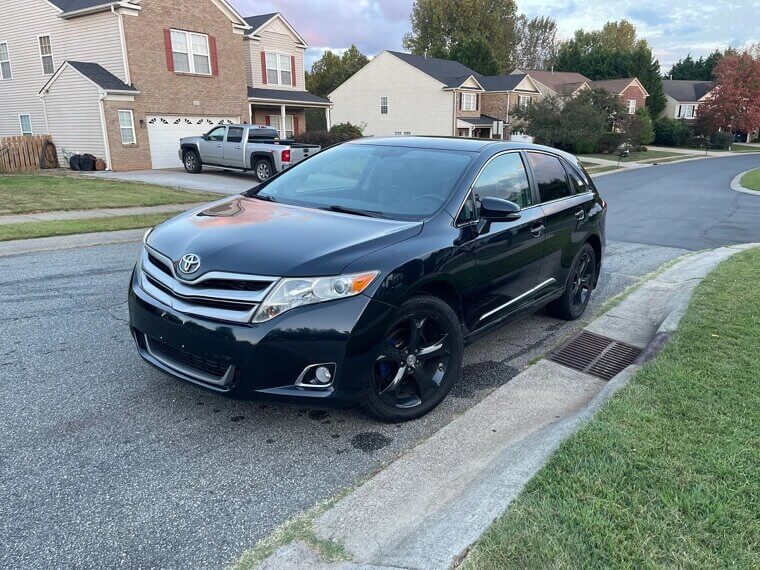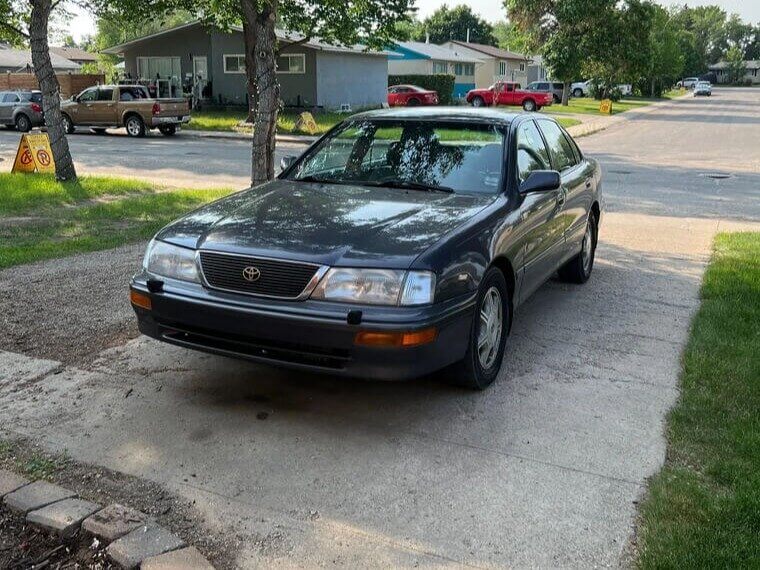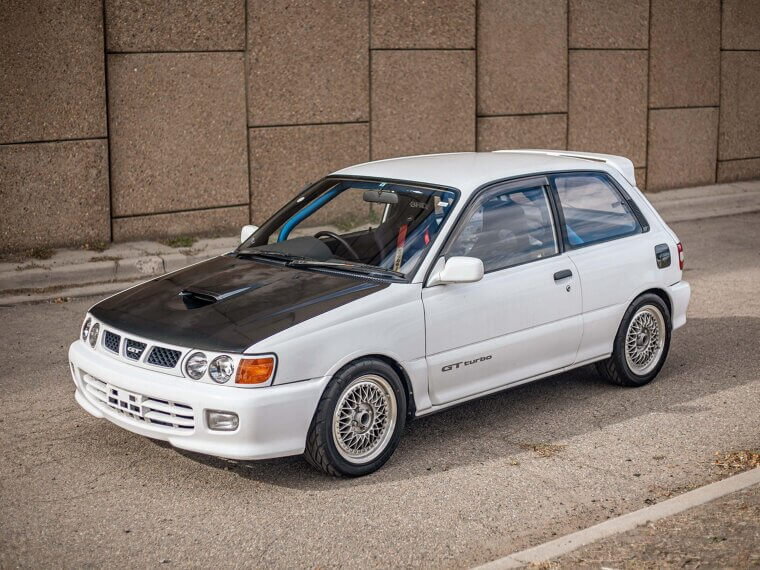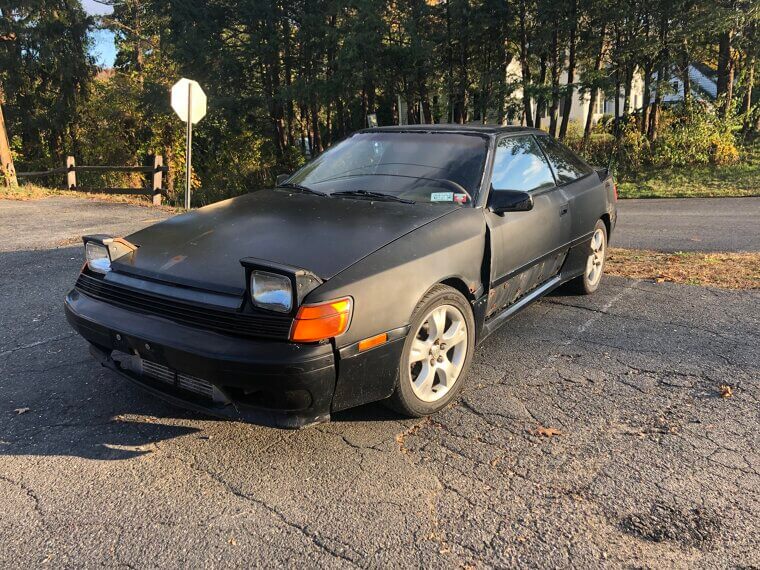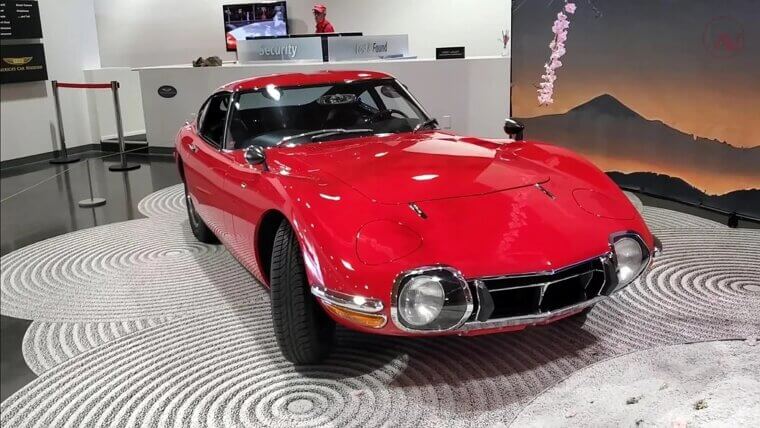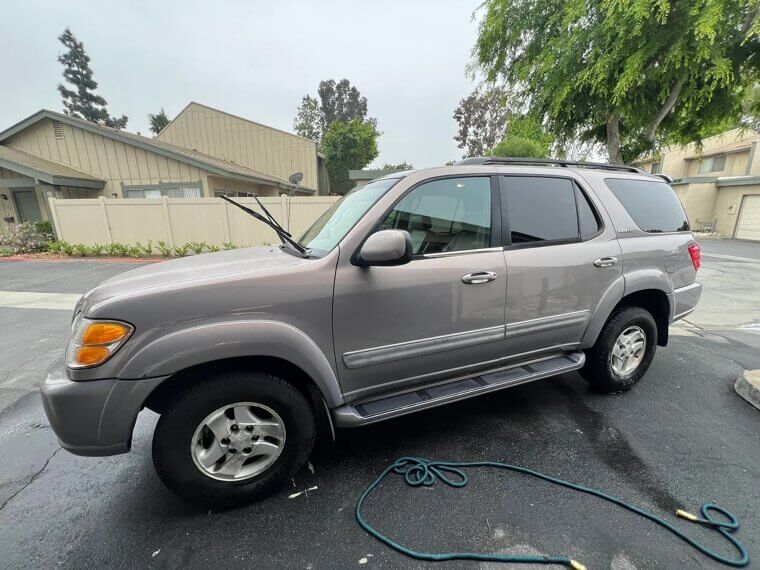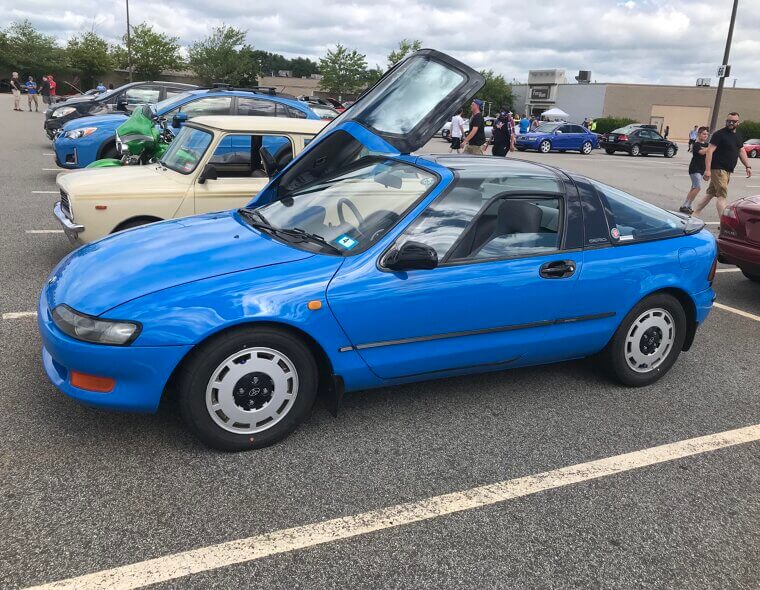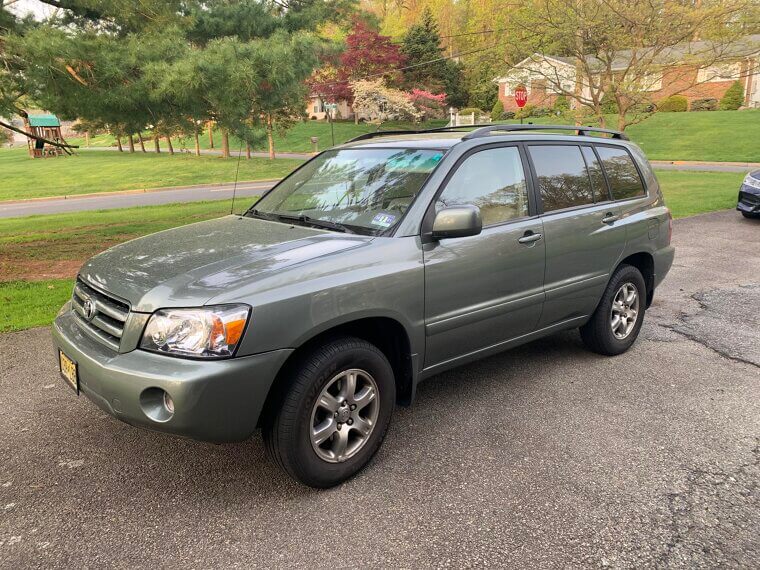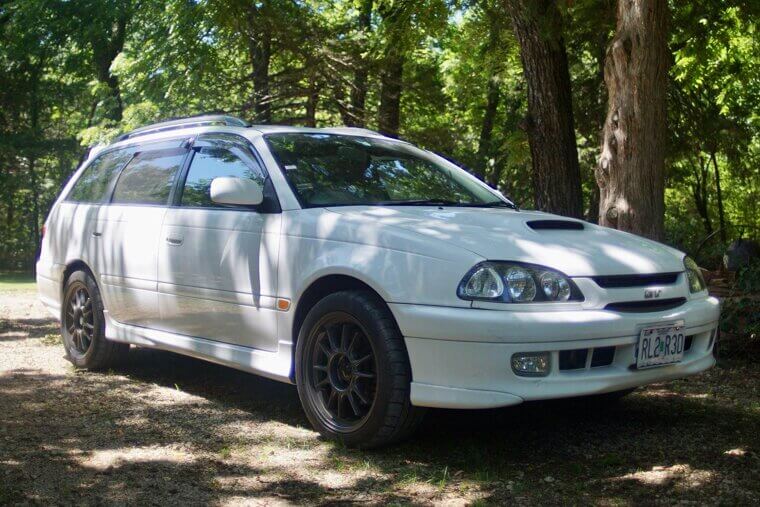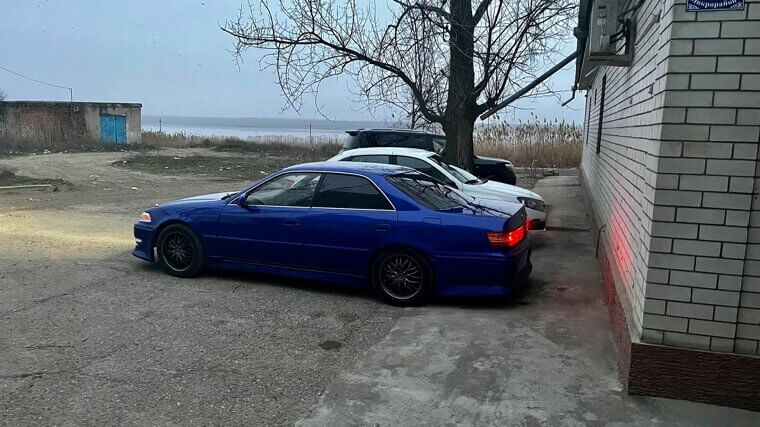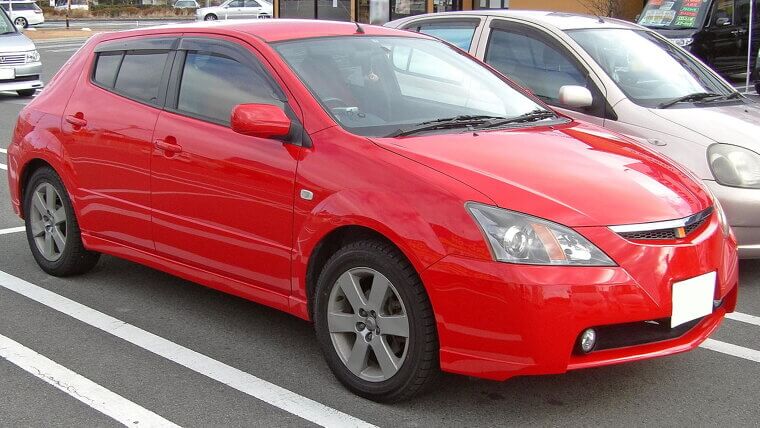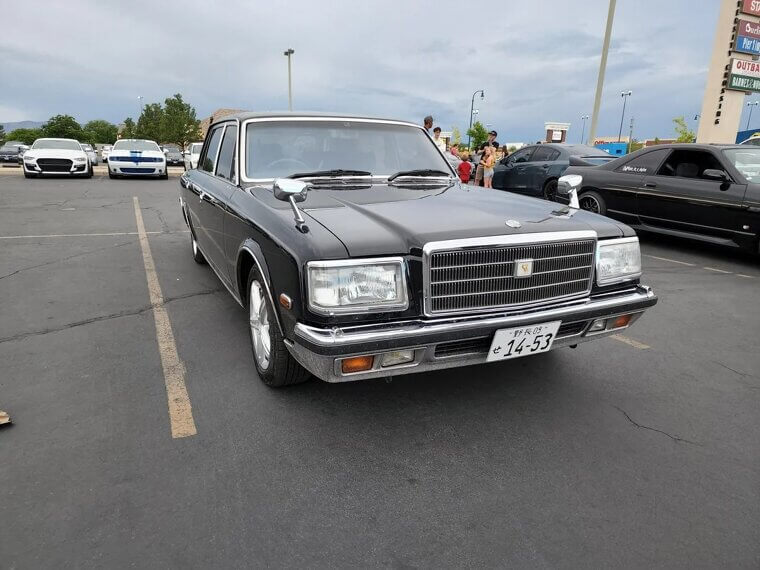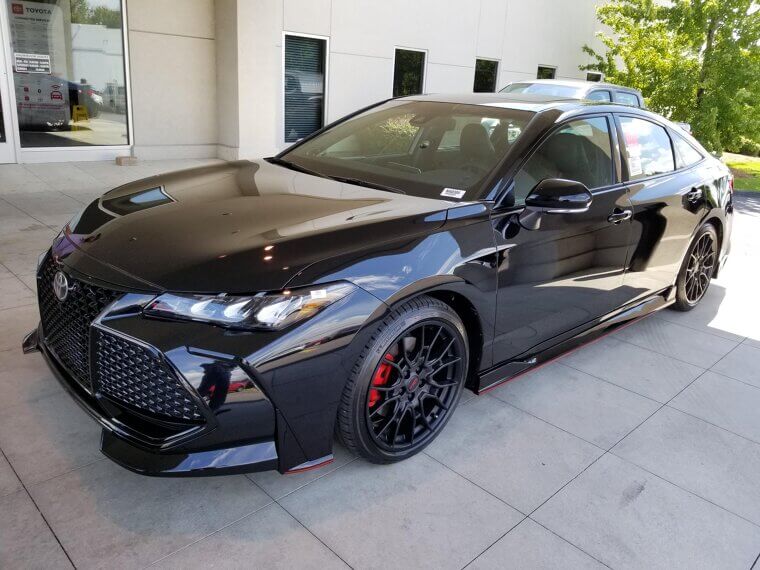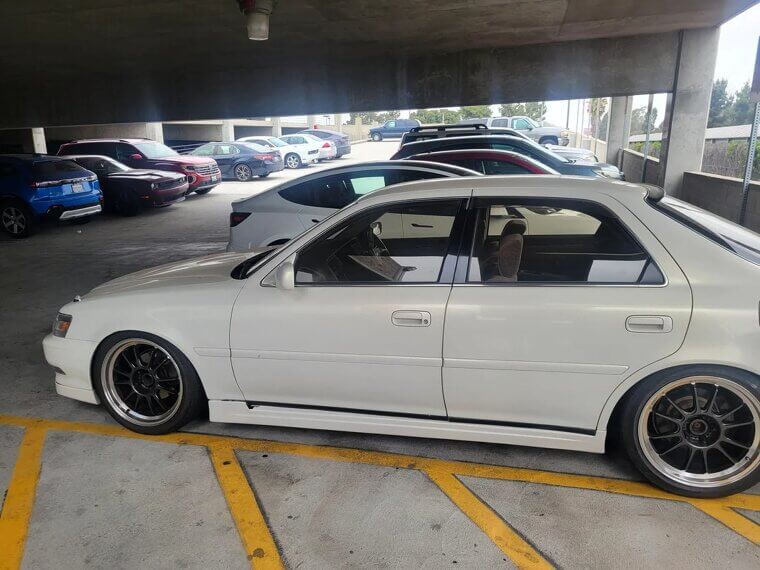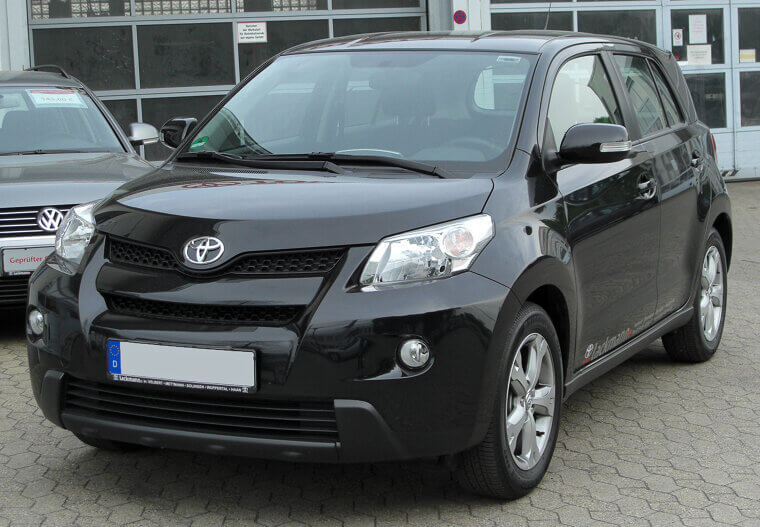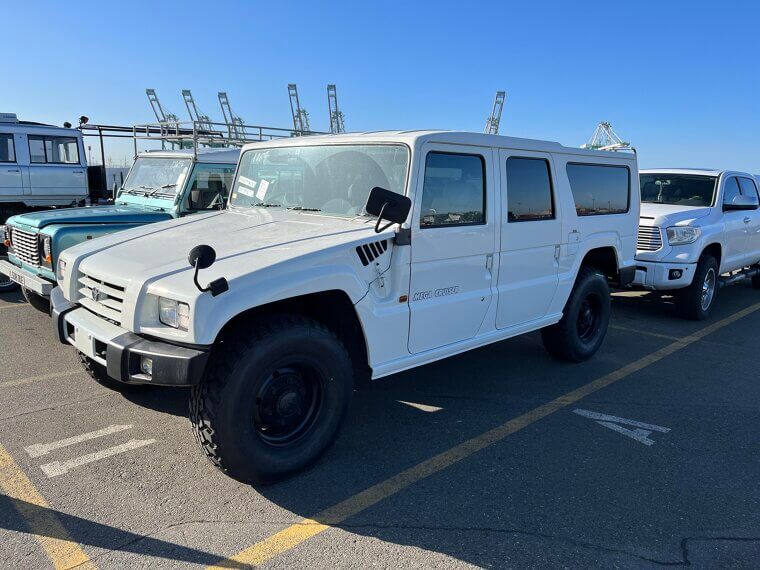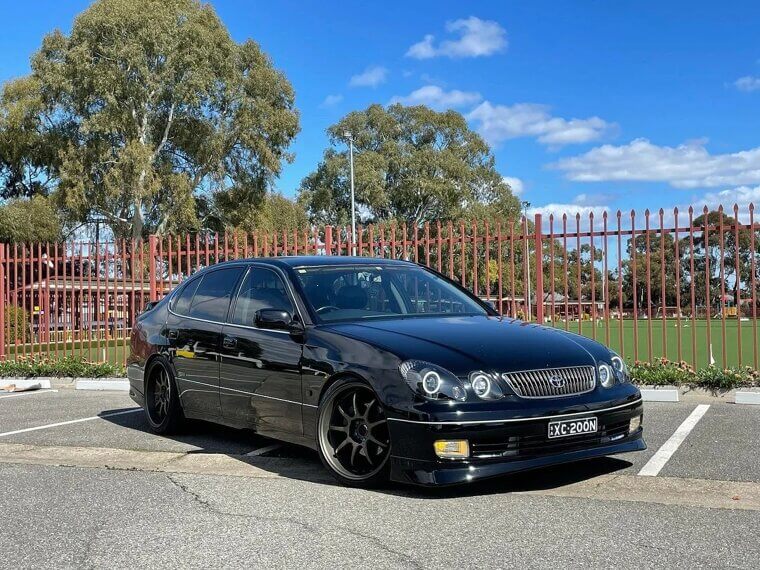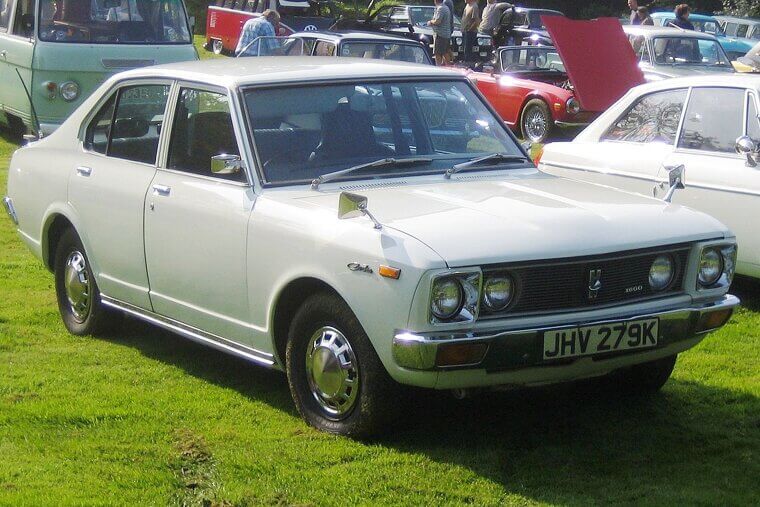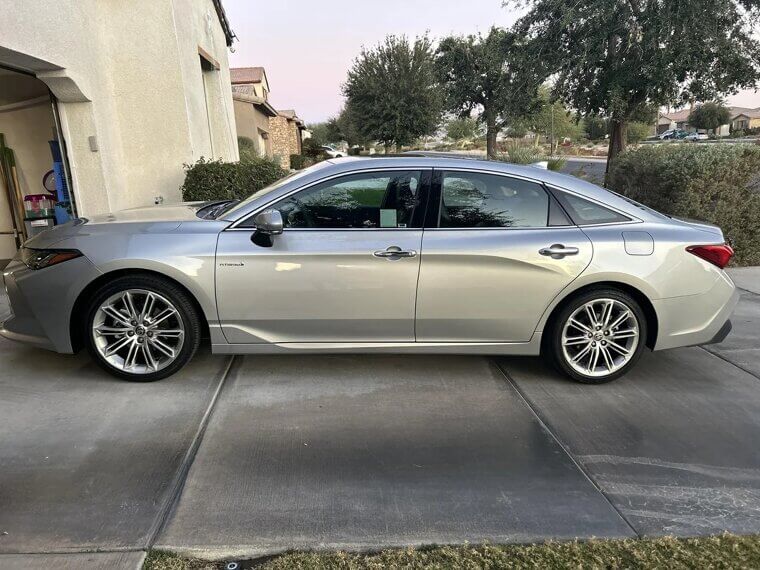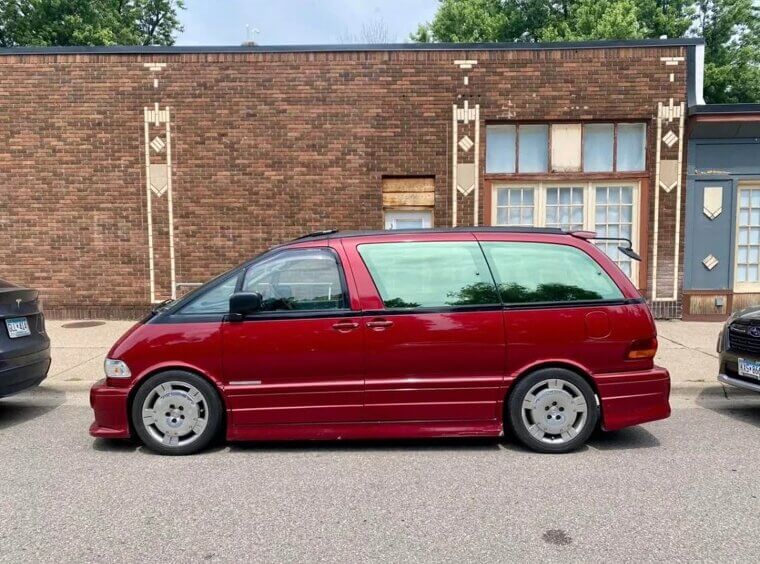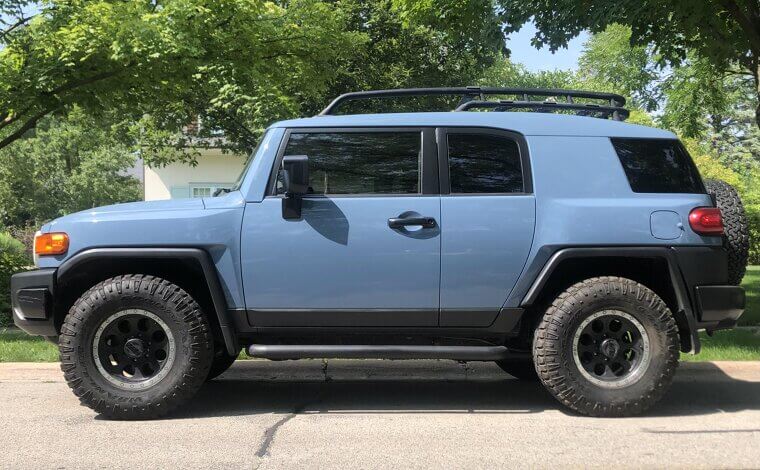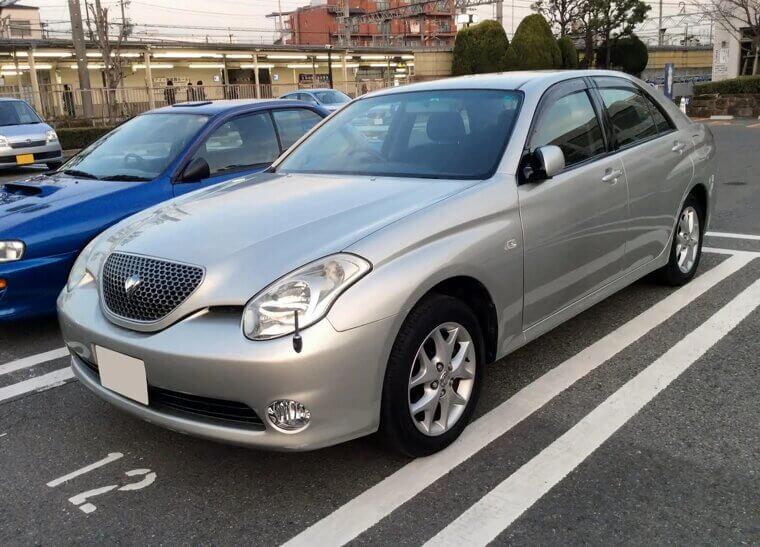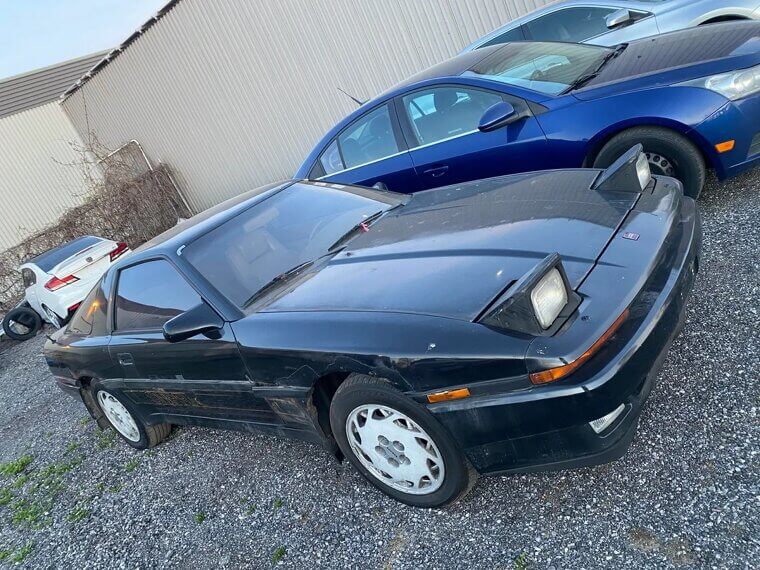Toyota Van (1984–1989)
This car had a surprising zippy feel for something shaped like a lunchbox. Its engine was under the driver’s seat, and it was a weird and wonderful car. It sometimes ran hot, but it proved Toyota wasn’t afraid to get creative.
Toyota Crown (1960s–1970s)
The Crown became the first Japanese car to be sold in the U.S., paving the road for everything Toyota made after. It was Toyota’s first real attempt to impress U.S. drivers, and let’s just say it bowed soon. It had luxury vibes but lacked the muscle Americans loved.
Toyota Cressida (1977–1992)
The Cressida was a Lexus before Lexus even existed. It had a smooth inline-six engine, rear-wheel drive, and very little noise inside the cabin. Americans never really got the Cressida, but car nerds still call it one of Toyota's hidden gems.
Toyota Paseo (1991–1999)
The Paseo aspired to be a sports car, but arrived with a Corolla resume. It was lightweight, dependable, and cute. Toyota even made a convertible version that seemed fast until you measured the 0–60.
Toyota Tercel (1978–2000)
The Tercel was the type of car that you forgot you had until it refused to die. It wasn’t glamorous or exciting, but it always ran. College students, new drivers, and frugal commuters loved the car. And that four-wheel-drive wagon climbed snowy driveways like a mountain goat in flannel
Toyota Solara (1998–2008)
The Solara had a stylish and easy-going look and was available in a convertible. This car was more about cruising to the beach than cornering hard. It didn't scream performance, but it whispered reliability in that smooth, Toyota kind of way.
Toyota Echo (2000–2005)
The Echo was extremely light, oddly tall, and somehow got over 40 mpg. People laughed at its cartoonish appearance, but owners laughed all the way past the gas station. Nowadays, it is quietly acknowledged as the Prius before the Prius.
Toyota Matrix (2003–2014)
The Matrix was anything you wanted it to be. Built alongside the Pontiac Vibe, it could handle weekend IKEA trips or spontaneous road adventures without difficulty. The XRS version came with its own rev-happy engine from the Celica GT-S.
Toyota Previa (1991–1997)
The Previa was the minivan for people who thought minivans were boring. Its engine was located under the middle of the floor, it could spin the rear wheels, and it even came with a supercharger. It was shaped like an egg on wheels but handled beautifully in the snow.
Toyota Yaris IA (2016–2018)
Manufactured by Mazda, the Yaris iA models were rebadged by Toyota and offered perky handling with a nice interior. They didn't sell much, but enthusiasts knew they had more charm than the modest badge suggested.
Toyota MR2 Spyder (2000–2005)
This was a Toyota mid-engine roadster, and it was tons of fun. It was light, nimble, and perfect for driving on sunny days. Unfortunately, Americans favored horsepower over handling, and it was quietly dropped after a few fun years.
Toyota Corona (1957–2001)
Before the Corolla became a major sales success worldwide, there was the Corona. It was Toyota's first significant success in foreign markets, providing simple engineering and genuine reliability. The little sedan proved to America’s skeptical drivers that they could trust Toyota.
Toyota Venza (2009–2015)
The Venza never fit neatly into a category. It wasn’t quite an SUV, not exactly a wagon, and definitely not a minivan. Yet it blended them all with smooth styling and comfort. Americans didn’t know what to do with it, but it quietly predicted the crossover craze to come.
Toyota Avalon (1995–2022)
The Avalon came with an ultra-smooth V6, a whisper-quiet cabin, and more space than many luxury sedans. It never got the love it deserved, but it was the road-trip champ for folks who didn’t like drama.
Toyota Starlet (1973–1999)
The Starlet was an efficient little hatchback that could run forever on pocket change. Tuners loved it, rally fans respected it, and those who used it to commute appreciated how reliable it was. It was Toyota's mini powerhouse that Americans barely recognized.
Toyota Celica All-Trac Turbo (1988–1993)
This was Toyota’s rally rebel, born to get dirty. With all-wheel drive and a turbocharged engine, it was basically the legal version of their rally car. Few Americans bought it because it cost as much as a Corvette, but in Japan and Europe, it earned legendary street cred.
Toyota 2000GT (1967–1970)
This masterpiece was sleek, rare, and fast enough that James Bond drove one in You Only Live Twice. Only 351 were produced, and collectors often treat it like a million-dollar piece of art.
Toyota Sequoia (2001–present)
Manufactured in Indiana, the Sequoia was a big, comfortable, and surprisingly reliable full-size SUV. It never took off like the Tahoe, but families that had one still claim it lasted longer than their mortgage.
Toyota Sera (1990–1996)
The Sera seemed like something out of a futuristic anime. It had butterfly doors that opened upwards, a glass canopy, and a little 1.5-liter engine. It was only sold in Japan, but it did acquire a cult following overseas.
Toyota Highlander Hybrid (2006–2007 Early Model)
Long before hybrid SUVs were in vogue, the Highlander Hybrid came along, both spacious and eco-friendly. It could tow a boat and still sip fuel politely. Early adopters didn't know what to think, but Toyota established that green technology could be family-sized.
Toyota Caldina GT-T (1997–2002)
The Caldina GT-T offered a turbocharged engine from the Celica GT-Four, along with all-wheel drive. Although it never officially made it to the United States, imports are starting to arrive, much to the excitement of enthusiasts who enjoy fast wagons that shouldn't exist.
Toyota Mark II (1968–2004)
Japan loved the Mark II for its blend of luxury and sport, yet most Americans never had a taste of it. It shared its bones with the Cressida and even had a rear-wheel drive option. Tuners eventually found the potential of this car, and it became an icon in the drift scene.
Toyota Will VS (2001–2004)
This was Toyota's experiment with style. The Will VS had the look of a concept car that had escaped from the design studio, sporting sharp angles and neon-colored interiors. It didn’t sell well, but nowadays collectors go for it just for bragging rights.
Toyota Century (1967–present)
The Century is Toyota’s ultimate VIP car, built for executives and emperors. Handcrafted in Japan, it comes with wool upholstery instead of leather and even a V12 engine. Few Americans have ever seen one in person, which only adds to its mysterious prestige.
Toyota Avalon TRD (2020–2022)
Toyota made the Avalon TRD in an attempt to bring fun back to large sedans. The car had a sporty suspension, a louder exhaust, and an unexpectedly fierce personality. Nobody asked for a performance Avalon, but those who drove it discovered it was one of Toyota’s best-kept secrets.
Toyota Cresta (1980–2001)
The Cresta was a luxury sedan that enjoyed being inconspicuous. It offered rear-wheel drive, soft upholstery and trim, and quietly powerful engines. Americans got the Cressida instead of the Cresta, and the Cresta became very popular among Japanese businessmen.
Toyota Urban Cruiser (2008–2014)
The Urban Cruiser was Toyota's first stab at the compact crossover craze. It was styled like a baby SUV and drove like a city hatchback. While Americans barely noticed it, it had a strong following in Europe among buyers looking for fuel economy.
Toyota Mega Cruiser (1995–2001)
If you think Toyota isn’t tough, check out the Mega Cruiser. It had four-wheel steering and could take on some serious off-roading, making suburban curbs feel like mountain trails. There are only a few hundred of them in existence.
Toyota Aristo (1991–2005)
You may recognize this automobile under another name: the Lexus GS. The Aristo was the Japanese version, often with more power and less pretense. Tuners loved its 2JZ engine, the same one in the Supra. Many imported Aristos have since found new life as drift monsters.
Toyota Carina (1970–2001)
The Carina was the sporty cousin of the Corolla that never really got the recognition it deserved. It handled better, looked sharper, and even had a few rally variations. Although it eventually faded into history, its DNA influenced future models like the Celica and Corona.
Toyota Avalon Hybrid (2013–2022)
The Avalon Hybrid was cushy and spacious enough to deliver a limousine experience, while also offering Prius-like fuel economy. It wasn’t flashy enough to trend, but it showed buyers that full-size sedans could sip fuel gracefully while still pampering their drivers.
Toyota Estima (1990–2019)
The Estima, called the Previa in other countries, became a popular family hauler in Japan. The egg-like design hid a mid-engine layout and optional all-wheel drive. It was even offered as a hybrid before American minivans embraced the green movement, making it an unsung hero of green technology.
Toyota FJ Cruiser (2006–2014)
The FJ resembled a toy, handled like a tank, and somehow made off-roading seem cool again. Its retro feel was a nod to the 1960s Land Cruiser, but its visibility issues and unique door structure scared some buyers away. Today, used FJs sell for more than the original sticker price.
Toyota Verossa (2001–2004)
The Verossa was Toyota’s audacious take on combining luxury and sport. It resembled an alien Camry, but came with rear-wheel drive and optional turbo power. When it was new, it didn’t have many fans, but now collectors love it for its rarity and oddball appeal.
Toyota Supra Mk3 (1986–1992)
The Mk3 added turbocharging and luxury touches that elevated it to a true grand tourer. It was overshadowed by its flashier successor, the Supra, but people are now appreciating it for its balanced ride, comfort, and 1980s aesthetic.

